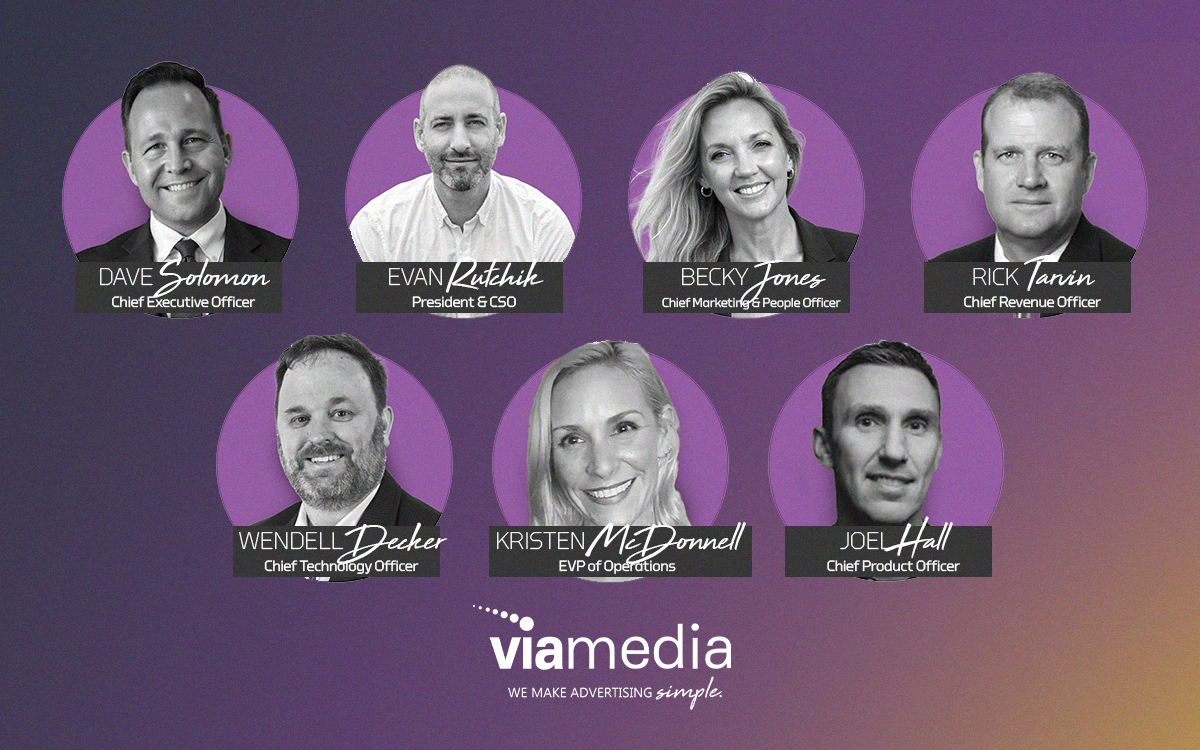Advertising, subject as it is to economic trends and swings and consumer attitudes, can often be uncertain and unpredictable.
One of the few certainties of recent decades, however, has been the steady growth of political advertising. It occurs largely in even-numbered years of course – but indeed it does occur… big time.
And it presents an ever-growing opportunity for providers of quality inventory in the video space.
Key to this opportunity is understanding the demographic and other objectives of campaigns and political action committees (PACs).
Our colleagues in the broadcast TV sector successfully attract political dollars to their highly rated local newscasts; the conventional wisdom is that these are their best program windows for reaching the most likely voters.
Similarly, national cable news networks like CNN, Fox News Channel, and MSNBC attract a measure of political advertising at the network level – but, since “All politics is local,” to quote the late House Speaker Thomas J. “Tip” O’Neill, the sweet spot for cable is local spot targeting in key markets.
But is carriage of political news programming a pre-requisite for attracting political ad dollars?
Actually, no. Political campaigns and the PACs supporting particular candidates examine strategically the most effective means of reaching particular categories of voters.
Some readers may be surprised to know that the biggest recipients of political advertising on cable TV include HGTV and ESPN. The reason is simple: Campaigns and PACs want to go where their desired audiences are. If they want to reach the key voter category of suburban women, HGTV provides that opportunity in a large, concentrated fashion. Ditto for ESPN and advertisers targeting male voters.
Anyone following politics in recent decades also is familiar with the term “battleground” or “toss-up” markets. This term primarily comes into play of course at the presidential-race level, thanks to the Electoral College. So, we have the phenomenon today in which you see relatively little presidential spending in deep-blue states like California, New York, and Illinois, and deep-red states like Texas, despite these states’ very large populations. Today, pundits call these “spectator states.”
As for states that today fall into the presidential “battleground” category, not so long ago those included Missouri and Ohio; they’ve since moved into the “red” bloc, while states including Arizona and Georgia have moved from the red category into “battleground” status. And the abortion debate has reportedly emboldened the Biden campaign to mount a challenge in the once-battleground but now-red Florida.
Few might be surprised to learn that presidential advertising has been thin this cycle. Both nominees sailed through their respective primaries with little real opposition, and thus they had the luxury of conserving their warchests.
In the meantime, the focus is on “down-ballot” races – US Senate, House, gubernatorial, and other local races. And all indications are that it will be another robust cycle at those levels.
For example, it was recently reported that the Democratic Party’s Senate Majority PAC had plans to place $239 million in ad reservations to support various incumbents’ reelection campaigns in Ohio, Pennsylvania, and Wisconsin, with spending also earmarked for Dem candidates in Arizona and Michigan.
Overall, ad tracking platform AdImpact projects political ad spend will total $10.2 billion across broadcast, cable, radio, satellite, digital, and CTV – up 13% from the 2020 presidential election cycle.
And that’s among the lowest projections. BIA Advisory Services, which tracks local TV and video spending closely, is forecasting total 2024 political to reach $11.1 billion – up $2.2 billion (+24%) over 2022, and $1.5 billion (+15.5%) over 2020. Political will be the top spending vertical category in 2024 for many of the BIA-tracked platforms, including TV OTA, TV digital, Cable TV, Radio OTA, and CTV/OTT.
Going even higher, eMarketer predicts total political ad spending will reach $12.3 billion this year, a 29% increase from 2020 and nearly triple the $4.25 billion that was spent in 2016. GroupM has projected political ad spend to hit $15.9 billion, up more than 30% from the 2020 cycle, to include digital out-of-home – a growing opportunity we’ve recently addressed -- as well as some ad spend from political action committees and advocacy groups that may not fully be captured in others’ estimates.
In any case, prognosticators agree: 2024 will be another bust-out record for political ad spend.
Local TV stations continue to grab a large piece of the pie; S&P projects TV stations will see a 10% increase in political ad spending, reaching an estimated $3.94 billion. But digital continues to surge -- especially CTV, which eMarketer forecasts will triple its 2020 levels and take one of every two political dollars spent online in 2024. The advantage digital has is the ability to add more inventory – though that brings with it the risk of alienating viewers.
Not to be outdone, social media platforms will be in there pitching for political ad dollars – and indeed President Biden’s campaign was very much on TikTok, no doubt eager to reach the 77% of 18-to-24-year-olds who use it, per eMarketer. That was of course before he signed legislation potentially restricting the platform’s use.
So, what have we been seeing here at Viamedia…?
For all the lofty projections, even down-ballot campaigns so far have been holding back somewhat. Industrywide data underscores this; in March, spending trailed where it stood in the same period four years ago, per AdImpact.
Is this because campaigns and PACs don’t have the funds? Doubtful. As has been the case with every successive political cycle, overall fundraising continues to grow, and donors expect those monies to be spent by their preferred candidates in pursuit of victory.
We know why the presidential campaigns have yet to unleash all their firepower. But down-ballot candidates have been keeping their powder dry as well.
All good, so long as the funds get spent by Election Day, right?
Well, that’s a risky bet. If the current pattern continues, we’re likely looking at an outsized post-August tsunami of political advertising – essentially squeezing some nine months’ worth of political ads into about four months. Peak political has for decades had the effect of crowding out traditional advertisers such as auto dealers… but this cycle it even threatens to crowd out other political. Essentially, campaigns and PACs are playing a game of musical chairs… and at some point, the chairs may get too expensive for many of them.
So today, we find ourselves very much in the calm before the political storm. And we encourage inventory providers and campaigns alike to plan accordingly.






